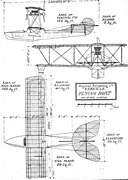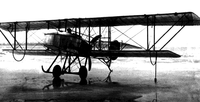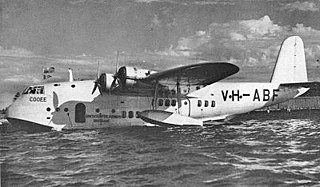
A flying boat is a type of fixed-winged seaplane with a hull, allowing it to land on water. It differs from a floatplane in having a fuselage that is purpose-designed for flotation, while floatplanes rely on fuselage-mounted floats for buoyancy.

Glenn Hammond Curtiss was an American aviation and motorcycling pioneer, and a founder of the U.S. aircraft industry. He began his career as a bicycle racer and builder before moving on to motorcycles. As early as 1904, he began to manufacture engines for airships. In 1908, Curtiss joined the Aerial Experiment Association, a pioneering research group, founded by Alexander Graham Bell at Beinn Bhreagh, Nova Scotia, to build flying machines.

A seaplane is a powered fixed-wing aircraft capable of taking off and landing (alighting) on water. Seaplanes are usually divided into two categories based on their technological characteristics: floatplanes and flying boats; the latter are generally far larger and can carry far more. Seaplanes that can also take off and land on airfields are in a subclass called amphibious aircraft, or amphibians. Seaplanes were sometimes called hydroplanes, but currently this term applies instead to motor-powered watercraft that use the technique of hydrodynamic lift to skim the surface of water when running at speed.

Curtiss Aeroplane and Motor Company was an American aircraft manufacturer originally founded by Glenn Hammond Curtiss and Augustus Moore Herring in Hammondsport, New York. After significant commercial success in its first decades, it merged with the Wright Aeronautical to form Curtiss-Wright Corporation.

The NC-4 is a Curtiss NC flying boat that was the first aircraft to fly across the Atlantic Ocean, albeit not non-stop. The NC designation was derived from the collaborative efforts of the Navy (N) and Curtiss (C). The NC series flying boats were designed to meet wartime needs, and after the end of World War I they were sent overseas to validate the design concept.

This is a list of aviation-related events from 1912:
This is a list of aviation-related events from 1913:
Luft-Fahrzeug-Gesellschaft, also referred to as LFG, was a German aircraft manufacturer during World War I. They are best known for their various "Roland" designs, notably the Roland C.II Walfisch (whale), Roland D.II haifisch (Shark) and Roland D.VI, although they also produced a number of airships and many experimental designs.

The Curtiss Model N was a military trainer used primarily by the United States Navy during World War I.

The Curtiss Model E was an early aircraft developed by Glenn Curtiss in the United States in 1911.

The Thomas-Morse Aircraft Corporation was an American aircraft manufacturer, until it was taken over by the Consolidated Aircraft Corporation in 1929.
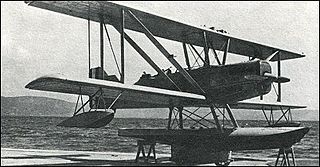
The Piaggio P.6 was an Italian catapult-launched reconnaissance floatplane designed and built by Piaggio for the Regia Marina.

The Loughead Aircraft Manufacturing Company was an American company which designed and built aircraft. The founder, Allan Lockheed, went on to form the similarly named but otherwise unrelated Lockheed Aircraft Company in 1926, which would merge with Martin Marietta in 1995 to form today's Lockheed Martin.
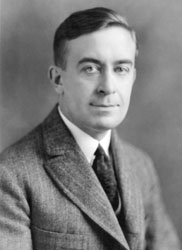
Alfred Victor Verville was an American aviation pioneer and aircraft designer who contributed to civilian and military aviation. During his forty-seven years in the aviation industry, he was responsible for the design and development of nearly twenty commercial and military airplanes. Verville is known for designing flying boats, military racing airplanes, and a series of commercial cabin airplanes. His planes were awarded with the Pulitzer Speed Classic Trophy in 1920 and 1924.
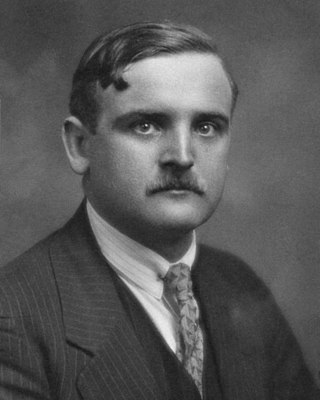
Ernest Lloyd Janney (1893–1941) was the Provisional Commander of the Canadian Aviation Corps between 1914 and 1915. Janney pushed for the establishment of a Canadian flying corps during the First World War.

The Friedrichshafen FF.1 was a German experimental floatplane built in 1912. It was the first aircraft designed and built by the newly established Flugzeugbau Friedrichshafen. Only one prototype was constructed and it set a German national record for endurance in 1913 before crashing in early 1914.

The Vought VE-10 "Bat Boat" was an American biplane flying boat built in 1919 by Vought.


